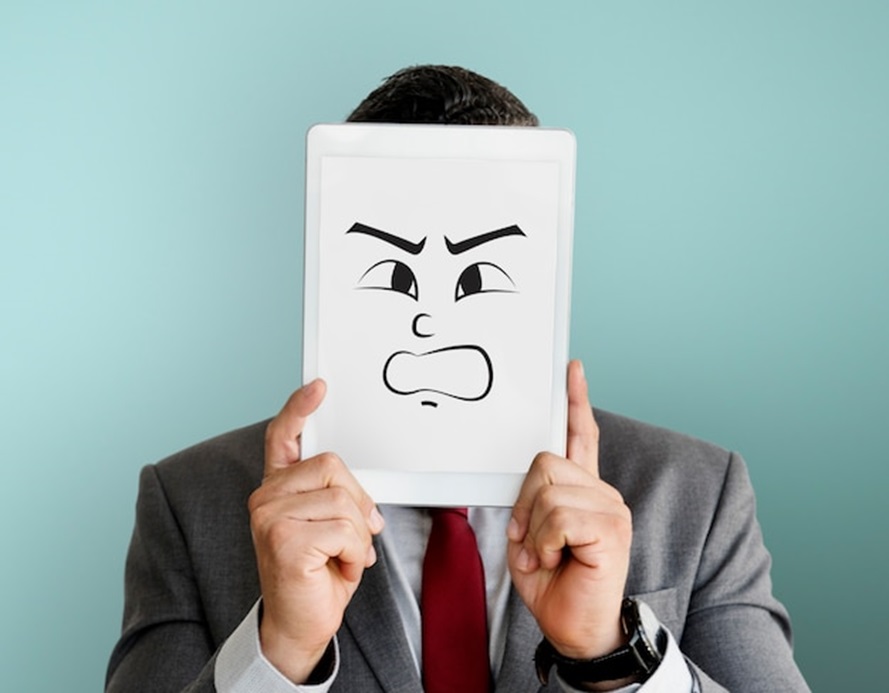Posture plays a critical role in overall health, influencing everything from back pain to respiratory function. As individuals become more sedentary, poor posture has become an increasingly common issue. One solution that has shown promise in alleviating back pain and improving posture is the lumbar traction device. This state-of-the-art apparatus not only addresses symptoms but can also act as a preventive measure for long-term spinal health. In this article, we explore the connection between posture and back pain, discuss the role of lumbar traction devices in correcting posture, and examine their overall impact on spinal health.
How Lumbar Traction Devices Work?
Lumbar traction devices operate by gently stretching the spine, creating more space between the vertebrae. This can alleviate pressure on the spinal discs and nerves, potentially reducing pain and discomfort. In addition, the controlled stretching can help improve the posture of individuals by elongating and strengthening muscles in the back and core.
The Relationship Between Poor Posture and Back Pain
Modern lifestyles often involve prolonged periods of sitting, leading to poor posture and back pain. Research indicates that chronic poor posture can contribute to a number of ailments, including muscle fatigue, joint stress, and spinal misalignment. By understanding whether poor posture is the cause of your patients’ back pain can help healthcare professionals develop effective treatment plans. It is important to note that while lumbar traction devices can provide relief, addressing the root cause of poor posture is essential for long-term spinal health.
Preventive Benefits
Beyond treating existing conditions, lumbar traction devices can serve as preventive tools. Regular use can help maintain proper spinal alignment, reduce the risk of developing severe back problems, and enhance overall quality of life. As such, incorporating lumbar traction devices into daily routines can help individuals of all ages maintain good posture and avoid potential issues.
Lastly, these devices can complement other forms of therapy, such as physical therapy or chiropractic adjustments, to create a comprehensive treatment plan. You may even check out this blog post to learn the role of lumbar decompression devices in preventing lower back surgery and how they can help individuals avoid invasive procedures and manage their back pain effectively.
Conclusion
Lumbar traction devices offer numerous benefits when it comes to correcting poor posture and alleviating back pain. They work by gently stretching the spine, relieving pressure on discs and nerves while also strengthening core muscles to maintain proper alignment. With regular use, they can serve as a preventive measure, promoting long-term spinal health and overall well-being. As always, it is important to consult with a healthcare professional before incorporating any new device into your treatment plan.




